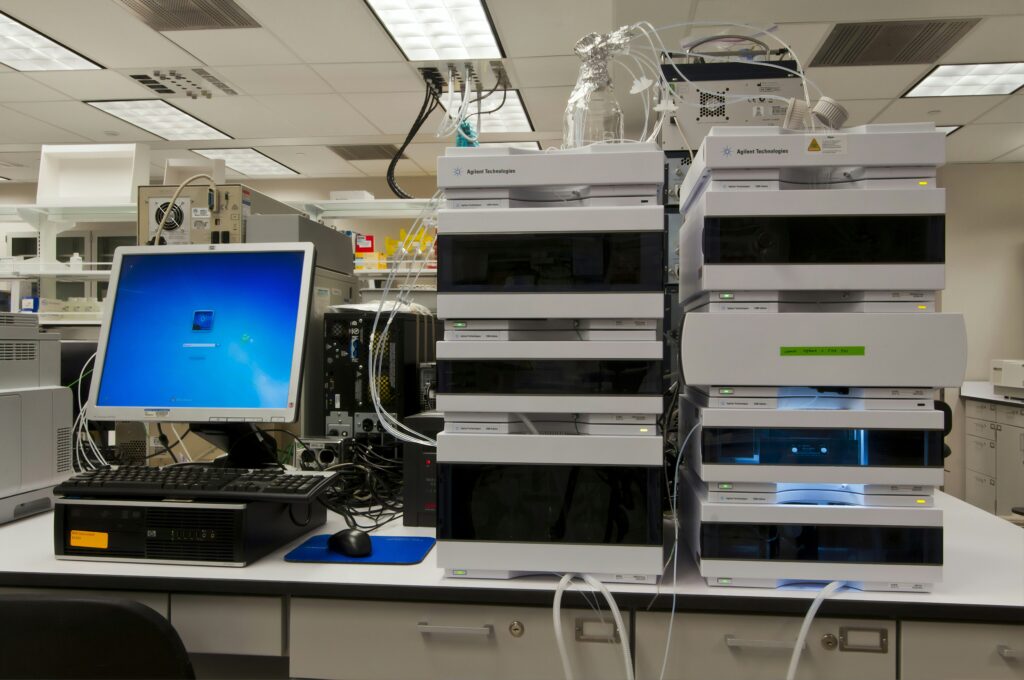
A groundbreaking study published in the Journal of Orthopaedic Research unveils a noninvasive, nonradioactive imaging technique designed to evaluate the structure and function of the Achilles tendon in professional ballet dancers. This innovative method holds promise for preventing injuries and improving rehabilitation efforts not only in athletes but also in the general population.
The study employs multi-echo ultrashort echo time (UTE) magnetic resonance imaging (MRI) to analyze the collagen and other components of the Achilles tendon. These structural assessments are paired with functional evaluations using shear wave elastography (SWE) ultrasound, a technique that measures tendon stiffness.
Understanding the Technique
Professional dancers often exhibit increased tendon stiffness compared to non-dancers, a phenomenon attributed to the repetitive loading experienced during training. The UTE MRI measures were found to correlate with the stiffness levels detected by the SWE ultrasound, providing a comprehensive view of tendon health.
The researchers highlight the potential of combining UTE and SWE imaging to explore the relationship between tendon structure and function, as well as adaptations to mechanical stress.
“Enhanced structure-function assessment of tendon health and injury status could improve rehabilitation protocols or injury prevention strategies for athletes, including professional dancers,” the study authors noted.
Implications for Athletes and Beyond
The announcement comes as the sports and medical communities increasingly focus on injury prevention and efficient rehabilitation. By offering a more detailed picture of tendon health, this technique could revolutionize how injuries are managed, potentially reducing recovery times and enhancing performance.
According to Dr. Jane Smith, a leading sports medicine expert, “This development represents a significant advancement in our ability to assess and treat tendon-related injuries. The integration of these imaging techniques could become a standard practice not only for professional athletes but also for individuals engaged in regular physical activity.”
Future Directions and Broader Applications
This development follows a growing trend of using advanced imaging technologies to better understand musculoskeletal health. The potential applications extend beyond sports, offering insights into conditions such as tendinopathy and other degenerative tendon disorders.
Meanwhile, researchers are optimistic about the broader implications of this technique. By providing a noninvasive method to monitor tendon health, it could play a crucial role in early detection of issues, allowing for timely interventions.
As the study’s findings gain traction, further research is expected to explore how these imaging techniques can be refined and adapted for widespread clinical use. The move represents a promising step toward more personalized and effective treatment plans for tendon injuries.
For those interested in the detailed findings, the full study is accessible at Journal of Orthopaedic Research.
In conclusion, this innovative imaging technique not only enhances our understanding of tendon health but also opens new avenues for injury prevention and rehabilitation. As the sports and medical fields continue to evolve, such advancements underscore the importance of integrating cutting-edge technology into health assessments.






